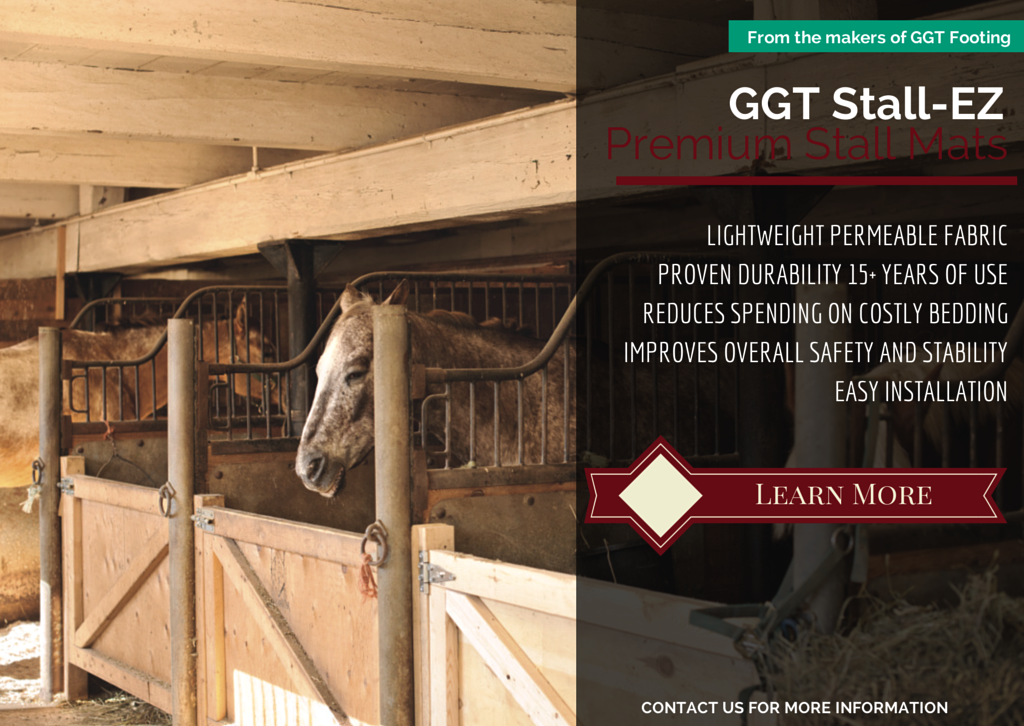A number of factors come into play when planning an arena surface, including material availability, budget and arena use. The basic need is for an arena surface that is cushioned to reduce harm to horse legs, yet at the same time, the floor needs to be firm enough to allow for traction and reduce chances of unintended sliding.
In addition, the flooring material you choose should be adaptable to the arena climate, which means it must be resistant to freezing during wintry weather. Expense of flooring material is most often a function of local availability and transportation costs.
Finally, consider the primary purpose of the arena. Traction and depth of looser flooring material are particularly important factors for arenas used for driving, reining and jumping.
Impact of particle size
A key consideration in settling on a flooring material should be particle size. A mixture of particle size is critical. Material that is nearly uniform in particle size can cause loose footing, leaving an unstable—and unsafe—flooring surface. In these cases, there is not much "purchase" to allow for changes in the horse's speed or direction.
However, if the particle sizes vary with a widely graded material, the distribution of sizes allows the tiniest particles to fill the gaps between larger particles, allowing for appropriate and desirable compaction to take place for a more stable floor, again of particular important for driving, reining and jumping.
Understanding particle shape
In addition to particle size, the aggregate particle shape can have a significant impact on arena surface performance. Materials like manufactured sand or stone dust are sharply angular, making them more like to compact than materials containing less angular particles, which do not fit as snugly together to form a surface.
Your best choice is to avoid manufactured materials that have sharp edges. Instead, select one that has some angularity to allow for resistance to movement. Within the range of particle shapes found in natural sand, for example, clay's flat particle shape can become slippery when wet, yet contribute to a dusty environment when dry. Should a non-compactable surface be desired, stable footing can still be achieved with evenly graded and maintained materials.


